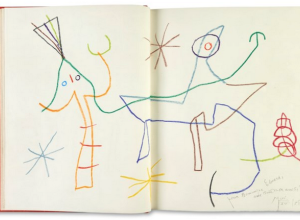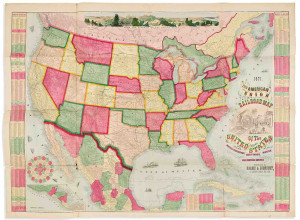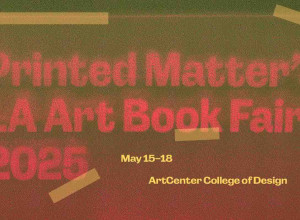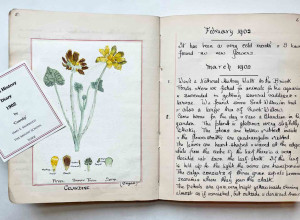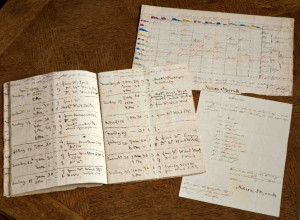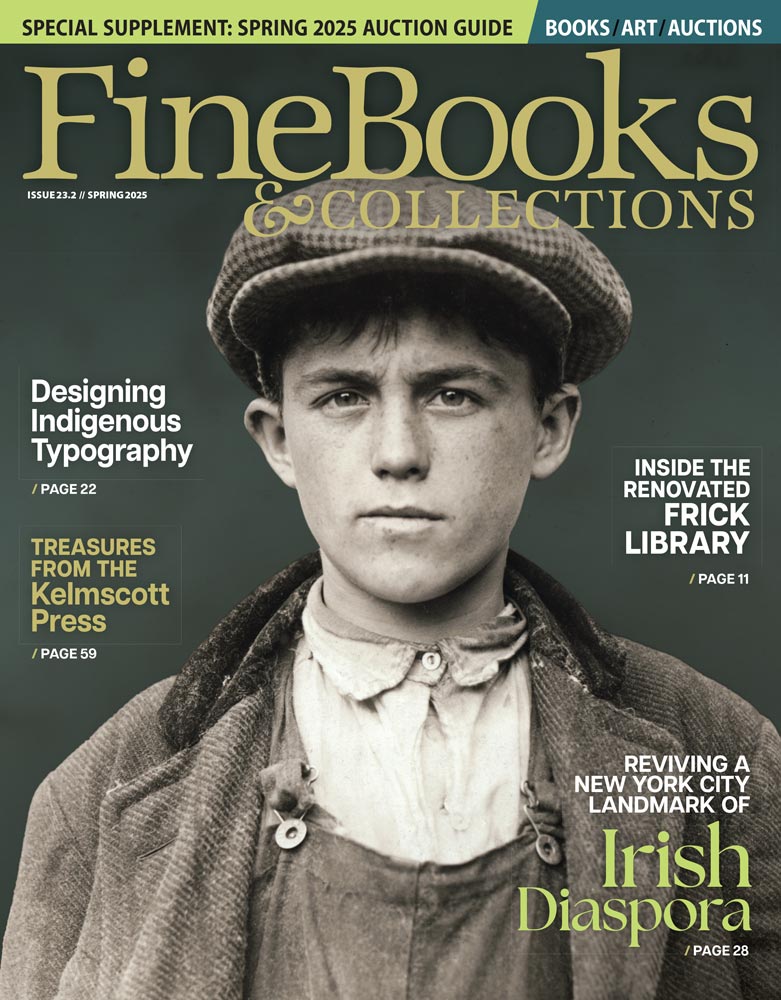December 10, 2013 |
Dictionary of Medieval Latin Complete (100 Years Later)
The seventeenth and final volume of the massive Dictionary of Medieval Latin from British Sources will be published this week, bringing an extensive, century-long project to a close. The volume, "Fascicule XVII, Syr-Z," will be published by Oxford University Press in conjunction with the British Academy. While the dictionary will be available to purchase this week in Britain, the American publication will follow in early 2014.
The project focused exclusively on British use of Latin. The compilation of the dictionary drew on over 1,400 sources spanning the millennia between the 6th and 16th centuries. Sources included the Domesday Book, the Magna Carta, and the Bayeux tapestry.
Medieval British Latin presented a particular challenge to researchers as its use was modified by an array of active British languages in the medieval period including English, French, Norse, Irish, Welsh, and Gaelic. Scribes would frequently just borrow a word from their native tongue if they were unfamiliar with the Latin equivalent.
Richard Ashdowne, current editor of the dictionary (and the project's third) said to The Guardian, "For the last 100 years, the project has been systematically scouring the surviving British medieval Latin texts to find evidence for every word and all its meanings and usage. Much of this fundamental work was done in the early years of the project by a small army of volunteers, including historians, clergymen, and even retired soldiers; they provided the project with illustrative example quotations copied out from the original texts onto paper slips - an early form of crowd-sourcing."
While the need for a dictionary of British medieval Latin has existed since the actual Middle Ages, the genesis of this particular project occurred with a 1913 presentation by R. J. Whitwell at the International Congress of Historical Studies in London. The interjection of WWI halted any momentum with the project, but the British Academy picked it up again in 1920 and work began in earnest on the multi-volume dictionary in 1924.
You can read a more extensive historical overview of the project here, on the project's website.






